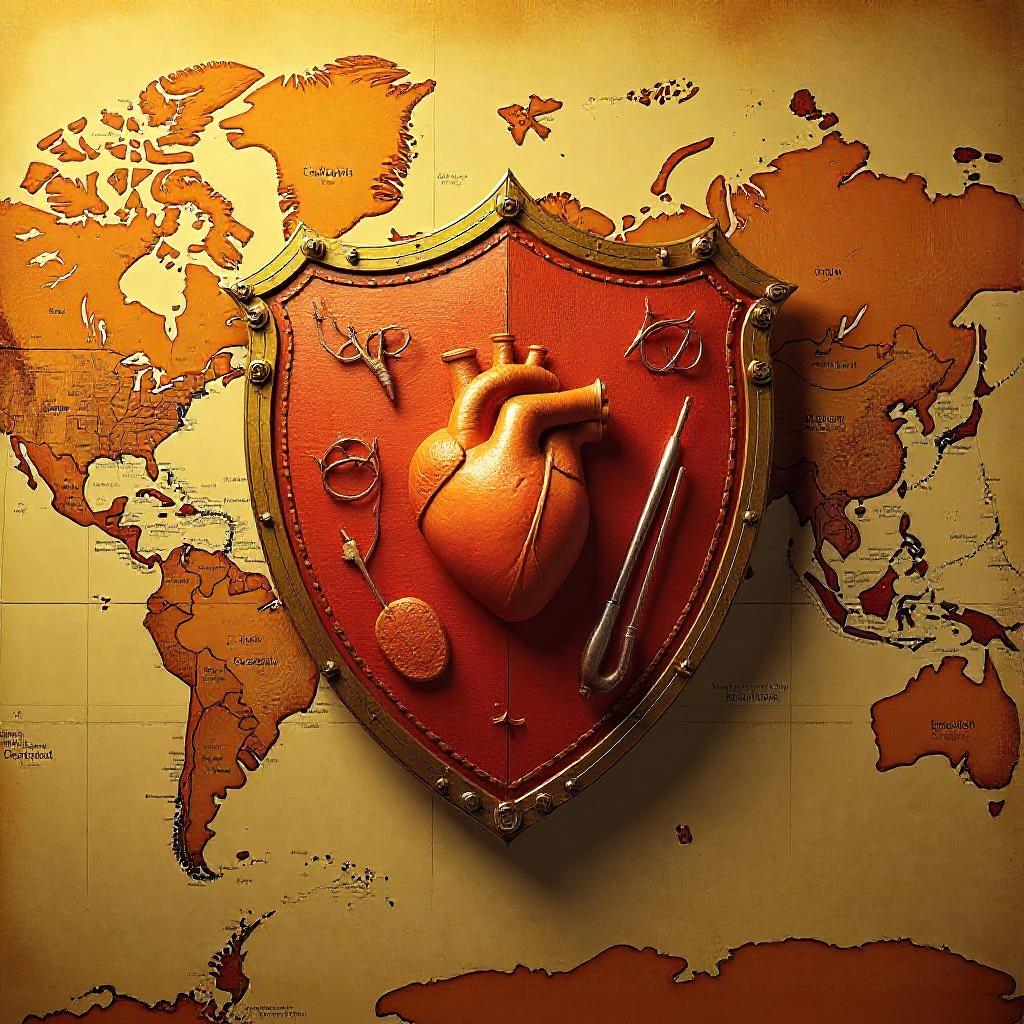Table of Contents
- The New Pulse of Cardiovascular Innovation
- Real-Time Intelligence: From Sensors to the Cloud
- Predictive Maintenance and Long-Term Monitoring
- Personalization Through AI: One Heart at a Time
- Regulatory Readiness: India Steps Up
- Final Thoughts
In today’s digital-first healthcare ecosystem, data is not just a byproduct of treatment — it’s an enabler of smarter, safer, and more effective care. In the cardiovascular device segment — particularly with stents and catheters — data is transforming how we design, manufacture, and monitor medical tools. From cloud-based analytics to AI-assisted personalization, the journey from cloud to catheter is redefining how outcomes are achieved and optimized.
The New Pulse of Cardiovascular Innovation
The cardiovascular device market is growing rapidly, with India alone projected to reach USD 3.5 billion by 2027 (Source: IBEF). Historically driven by mechanical precision, the field is now evolving with data-first thinking.
More than 60% of global med-tech companies (Deloitte, 2023) are investing in cloud data platforms to improve device design, reduce risks, and shorten feedback loops. Indian manufacturers too are increasingly embracing smart manufacturing, driven by initiatives like the PLI Scheme for Medical Devices and the government’s push for Digital Health integration under Ayushman Bharat Digital Mission (ABDM).
Real-Time Intelligence: From Sensors to the Cloud
Imagine a catheter that communicates — relaying real-time pressure readings, flow rates, and even tissue interaction metrics. These smart devices, equipped with micro-sensors, provide a live data feed to clinicians, improving procedural precision.
According to a 2022 study in JACC: Cardiovascular Interventions, real-time, data-enabled cardiac catheterization led to a 27% reduction in complications during high-risk procedures.
Cloud connectivity allows such feedback to be stored, compared across thousands of cases, and then applied back to improve device design. For Indian healthcare providers operating across remote areas, cloud-linked catheter labs allow specialists in metros to guide procedures virtually — democratizing quality cardiac care.
Predictive Maintenance and Long-Term Monitoring
Post-procedure success often depends on long-term monitoring. For stents, restenosis or thrombosis risks make it critical to have predictive systems in place. By combining cloud-based device data, EHRs, and wearable health inputs, care teams can flag risks early.
Globally, the remote patient monitoring market is set to cross USD 175 billion by 2027 (MarketsandMarkets), and India is catching up fast, with tele-cardiology startups and remote ICUs backed by cloud dashboards now active in Tier 2/3 cities.
In hospitals using high volumes of catheters, predictive analytics is helping track usage patterns and wear-and-tear, ensuring performance and reducing the burden on biomedical teams.
Personalization Through AI: One Heart at a Time
AI-powered platforms are transforming cardiovascular decisions from standardized to personalized. By analyzing patient-specific angiographic data, comorbidities, and historical outcomes, AI can assist in recommending stent type, size, or even access route.
McKinsey reports that AI-enabled personalization in medical devices can reduce readmission rates by up to 20%, while improving procedure success rates and reducing cost burdens on public health systems.
Indian med-tech innovators are also joining this wave — with AI-backed diagnostic tools and cloud-integrated cath labs starting to emerge as a competitive advantage.
Regulatory Readiness: India Steps Up
While data opens new possibilities, it also demands accountability. India’s Central Drugs Standard Control Organisation (CDSCO) has ramped up regulation for cardiovascular implants, stents, and catheters under the Medical Devices Rules, 2017.
In 2023, the CDSCO introduced a Unified Licensing System and initiated UDI (Unique Device Identification) implementation — aligning Indian regulations closer to IMDRF and ISO 13485 standards.
For manufacturers, this means tighter control, better traceability, and more reliable post-market surveillance. For patients, it translates to safer outcomes and greater trust.
Final Thoughts
The journey from cloud to catheter is more than a digital transformation — it’s a healthcare evolution. We’re moving toward a system where data is not only improving performance — it’s saving lives.
As cardiovascular disease remains the leading cause of mortality in India, the use of cloud, AI, and real-time data is helping clinicians make better decisions, manufacturers build smarter devices, and patients receive personalized care like never before.
In this era, data isn’t just numbers — it’s the new lifeblood of innovation.

